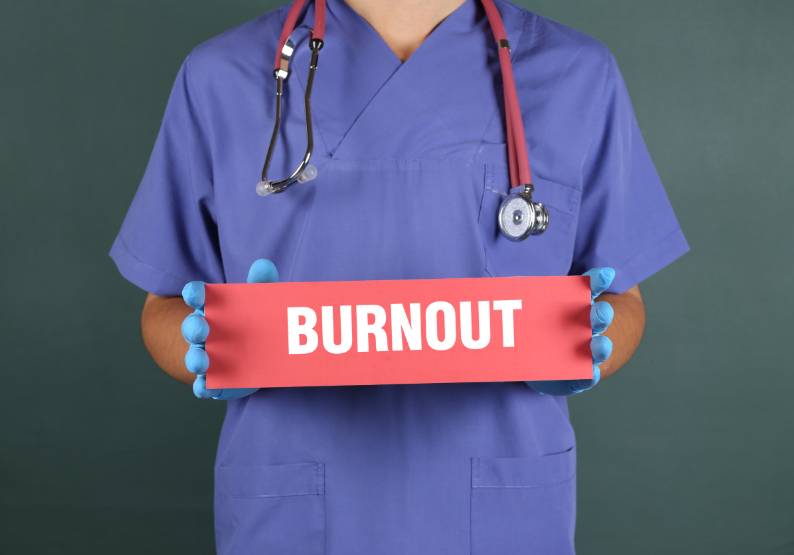Small Steps to Tackle Workplace Burnout
By Mel Kauffman
"There's only really 13% of the workplace, the global workforce that is engaged and happy at work."
This was one of many insightful points workplace happiness expert Jennifer Moss shared during a recent podcast interview for SROA SoundBoard, our podcast for Radiation Oncology Administrators. In "Burnout Within and Beyond the Pandemic," Moss talked about workplace burnout and changes leaders can make to reduce it.
The World Health Organization classified burnout as "an occupational phenomenon" but not a medical condition. This classification was significant because it brought burnout to the forefront of media attention and has prompted industry leaders to look at causes workplace burnout.
"It's not necessarily employees taking too much on at home, or they're a new parent, and they're tired, or they're dealing with stress in their personal lives. It is something that happens at work that creates this chronic stress that leads to burnout."
The COVID-19 pandemic has changed the way people work—millions of people are working from home, and leaders and their employees are navigating technology and possibly, a lack of resources or proper tools. The new landscape has inevitably increased stress. Healthcare workers, already one of the groups vulnerable to burnout, are at even greater risk as they work long hours on the frontline, with little reprieve. This is a time that leaders can bond people, foster relationships, and check in on the mental health of employees.
Moss talked about “pebbles,” which are minor irritants that fester and grow in a workplace and, if left unchecked, can cause burnout.
"It's like you're just walking around constantly every day and it's these minor irritations that start to foster stress just slowly over time, and then what that happens is that you're just feeling like you're being eroded. Your psychological safety, your mental health is just slowly being eroded, and you can't work like that."
One way to tackle “pebbles” is through micro-projects in which a small group of staff to figure out what's going on and find solutions to address solutions. It’s easy to start with small problems and scale-up. Micro-projects don’t require a top-down approach; they can be done within a small group or department.
Workplace burnout is a significant problem, but leadership can begin to tackle it by asking staff two simple questions:
-
What is one thing that really gets to you?
-
What would you like me to do to fix that?
By checking in with staff, leaders can start to see trends, collect data and work towards improving burnout within a small department to be able to define and develop a larger strategy within the organization.
During the podcast, Jennifer Moss also touches on the following topics:
Why it's taken so long to give workplace burnout attention (1:40)
Creative solutions to burnout (8:27)
How the pandemic will shift the conversation (12:16)
How to effectively approach burnout with employees (24:29)
Rethinking burnout and new insights (27:46)
Listen to the entire podcast on SROA Soundboard: Episode 5 - Burnout Within and Beyond the Pandemic
We want to hear from you!
Have you experienced workplace burnout? What steps did you take to reduce burnout with your staff?

Comments